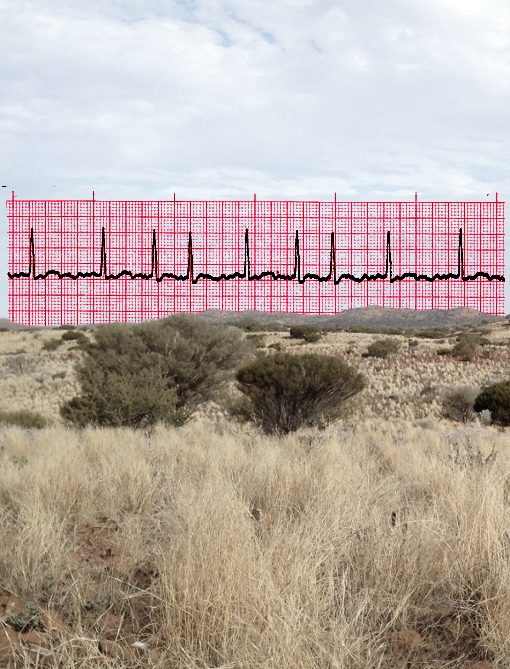Trauma transfer plans studied
 A review has found that transferring rural and remote patients to major trauma centres saves lives.
A review has found that transferring rural and remote patients to major trauma centres saves lives.
The study looked over 11,000 patients in NSW, and found that since the introduction of policies in 2009 that encourage the transfer of injured rural patients to major hospitals, there was a drop in mortality among people in outer regional and remote areas..
There are more improvements to be made in the way NSW manages trauma, say the authors, but the connection between rural and remote regions will be a central part.
The study used NSW trauma registry data to determine crude and risk-adjusted major trauma mortality rates in rural and metropolitan NSW between 2009 and 2014.
The registry, established and maintained by the NSW Institute of Trauma and Injury Management, receives data from seven major trauma centres and ten regional trauma centres, including the Abbreviated Injury Scale (AIS) score, which codes injuries and their severity according to their anatomic location and likelihood to cause disability or death.
The revised NSW State Trauma Plan, implemented in 2009, formalised rural and regional referral networks for each of the seven adult major trauma centres. The aim of these networks was to facilitate the timely transfer of severely injured patients from sparsely populated rural and remote areas of NSW to major trauma centres in metropolitan areas along the east coast.
The researchers found that the crude mortality rate had most markedly declined since the introduction of the revised plan among patients severely injured in outer regional and remote locations in NSW.
There was also a reduction in risk-adjusted mortality associated with rural location of injury.
The authors say the decrease could be explained by the establishment of trauma referral networks, which has resulted in more efficient transfers between rural facilities and major trauma centres.
Improved clinical care in regional trauma centres and rural referral centres may also have contributed to the decline.
A core mission of the NSW Institute for Trauma and Injury Management over the past decade has been to coordinate and improve access to clinical expertise and education resources in these centres. The lack of overall improvement in major trauma mortality in metropolitan NSW, however, was highlighted by the research authors as a cause for concern.
“[There is an] ongoing need for quality improvements in the major trauma system in NSW, including improved networking of trauma centres with rural and remote regions and models of care that sustainably manage the growing proportion of older major trauma patients,” the authors urged.








 Print
Print